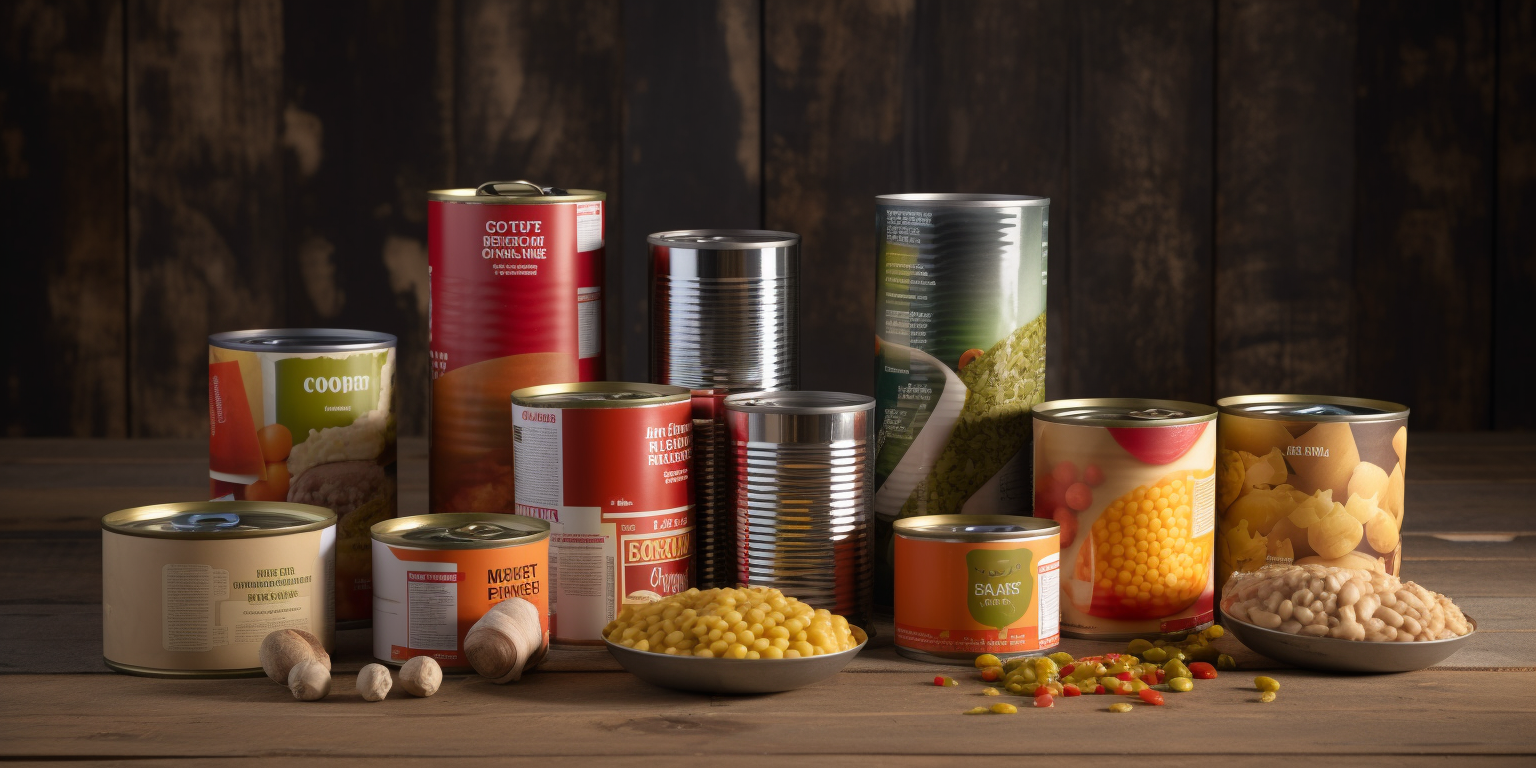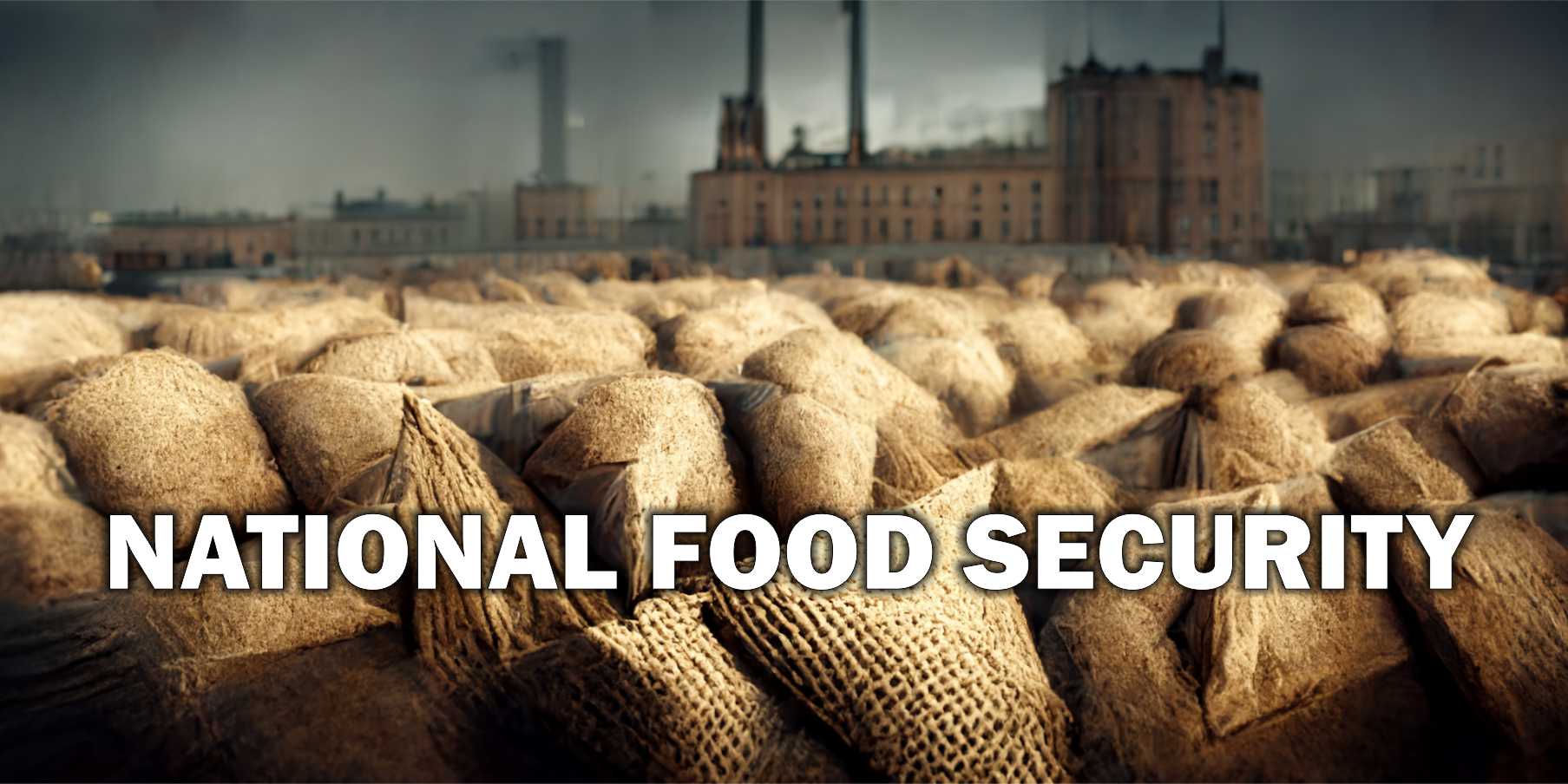
Food Supply Chain Risk Report - September
Food Supply Chain Risk Report - September
With so much happening around the world, have you have considered shutting down your phone and simply staying away from news headlines. Well, if you have, rest assured you are not alone. It seems like the COVID-19 pandemic ushered in a ‘turbulent’ era in the world’s history; both an escalation of existing problems, and new national and global crises. Of all industries, the global food supply chain seems to be receiving the most heat so far; from efforts targeted at recovering from the disruptions caused by the pandemic, to grappling with climate change impact. There are also issues relating to record breaking inflation rates, labour shortages and industrial strike actions. Just as one issue looks like it might be overcome, another is ushered in, leaving a sense of deep uncertainty.
Impact of Russia’s invasion of Ukraine
For the past 8 months and counting, global food markets have had to deal with the scarcity and hike in the price of wheat. In Africa, it is estimated that wheat prices have increased by 60% since the outbreak of the Russian-Ukraine war. Early in August, a UN deal brokered with Moscow to ease global food crises saw the shipment of about 26,000 metric tons of wheat from Ukraine to Lebanon designed to relieve the pressure. Nonetheless, countries dependent on wheat imports are still struggling with increasing prices. In Nigeria, the price of bread and other wheat-dependent food items have gone up by 30 – 50% and are likely to go higher in coming weeks.
Fertilizer and Energy Price Implications
Farmers also still have to deal with the increment in the price of fertilizer products due to the war. In June, we reported that CF Industries’ – one of the world’s leading producers of agricultural fertilizers permanently shut-down one of its two fertilizer plants in the United Kingdom as a result of high energy costs. Agriculture and global food supply chains are one of the worst hit sectors by the ongoing war. This is primarily due to the sector’s reliance on energy for electricity to manage various components of value-chains including processing, storage and packaging; fuel for irrigation and other forms of mechanized agriculture, transportation, and manufacture of agrochemicals – particularly fertilizers.
Food Shortages, Crime and Civil Unrest
It is estimated that nearly 1 million people are set to go without food every day for the year ahead because of the ongoing geopolitical tension. The untold consequences of having millions of more people go hungry cannot be overemphasized. From migrating in search of better living standards leading to population pressure, to a rise in the rate of conflicts, crime and lawlessness, and increased number of deaths especially among children and women who make up the most vulnerable part of the world’s population. There is also the threat of sharp-malpractices and proliferation of markets with low-quality fertilizers which invariably poses a threat to the quality of soil and food produced, especially in developing countries where standards and regulations are often neglected.
Climate Change and Extreme Weather Impact
As the year has progressed, we have experienced more extreme weather phenomenon which has had a significant impact on food production. Parts of Europe and Asia are currently experiencing drought conditions evidenced by extremely high temperatures, sparse rainfalls and unusually lengthy dry spells. Countries including Germany, France, China, Italy, England, and Spain have been affected so far while others are expected to report similar developments in coming days.
In China, it is reported that nearly 1 million acres of cultivated farmlands have been lost to low rainfall; a significant amount of wasted resources especially as farmers deal with high cost of inputs associated with inflation. However, the country has now turned to artificial rainfall also known as cloud-seeding to address extreme heat waves and drought. Time would tell how sustainable and effective this approach would be towards sustaining food production in the country.
In England where unusually high temperatures and an extended period of minimal rainfall has been experienced, agriculture is being impacted both directly and due to water restrictions, while livestock are unable to graze due to unavailability of fresh pasture. While drought ravages some parts of these countries, floods are washing away farmlands in other parts, such as in Pakistan where a humanitarian disaster has been declared due to vast areas of the country being submerged.
Labour Shortages
Concerns of labour shortages in agriculture is also brewing. The United Kingdom for instance is still experiencing a decline in its agricultural labour force which has worsened since Brexit. It is reported that this is also partly responsible for the loss of over £20 million worth of crops in recent months. Amidst increasing living costs, farmers have been forced to reduce yields to avoid wastage of resources, while transport workers continue to threaten, and embark on industrial actions. Australia, Peru, the United States, and United Kingdom have been affected by these strike actions so far, as more workers bargain for increased pay and better working conditions.
Food Security
The target to reach zero-hunger around the world is now only 7 years away. How do we manage the Russian-Ukraine war (and any new conflict arising), adapt and/or mitigate climate change, deal with escalating price inflation, and ensure commensurate compensation of workers within the food supply chain in these increasingly volatile and unpredictable times? Whatever solutions we choose should begin with a collective and clear understanding of existing issues. By working together, we should be able to save the lives of approximately 3 million children that die every year as a result of hunger and undernutrition – a figure likely to have only increased with the ongoing food crisis.
Suggested Articles
The Crucial Role of Emergency Food in Hunger Relief and Crisis Situations
Unravelling the significance of emergency food provisions in combating food insecurity and supporting vulnerable popu...
The Culture of Emergency Food: How Different Societies Approach Preparedness
Disasters and emergencies can strike at any time, leaving individuals and communities grappling for survival. As unce...
National Food Security - what is it & what does it mean for me
Food security has emerged as one of the most significant challenges facing countries worldwide. It is no longer just ...




